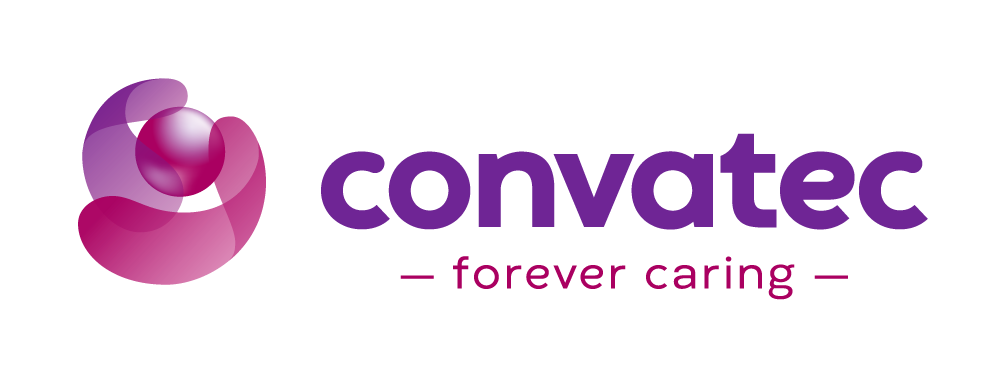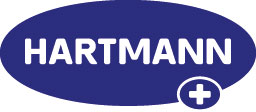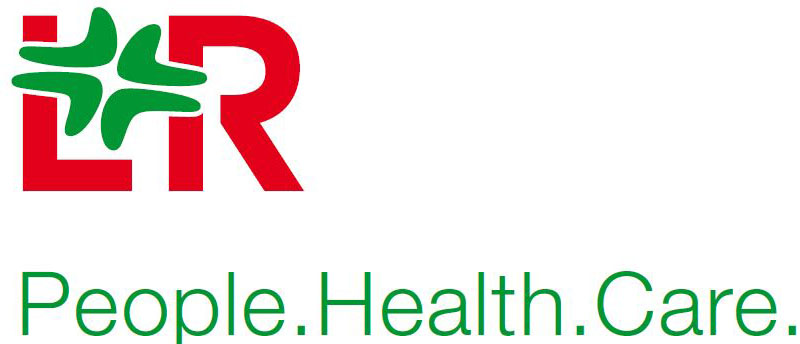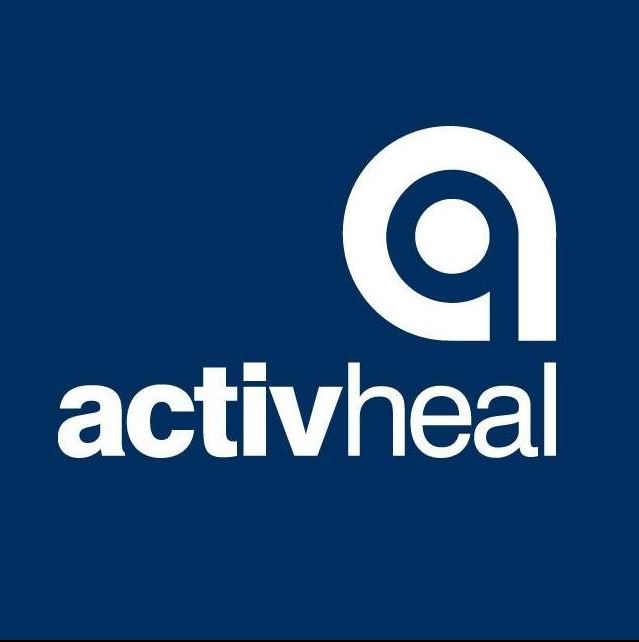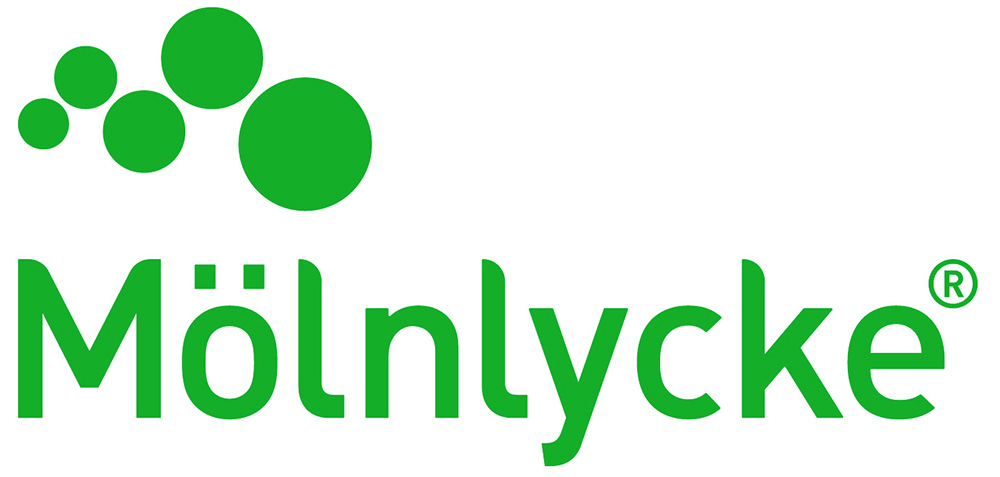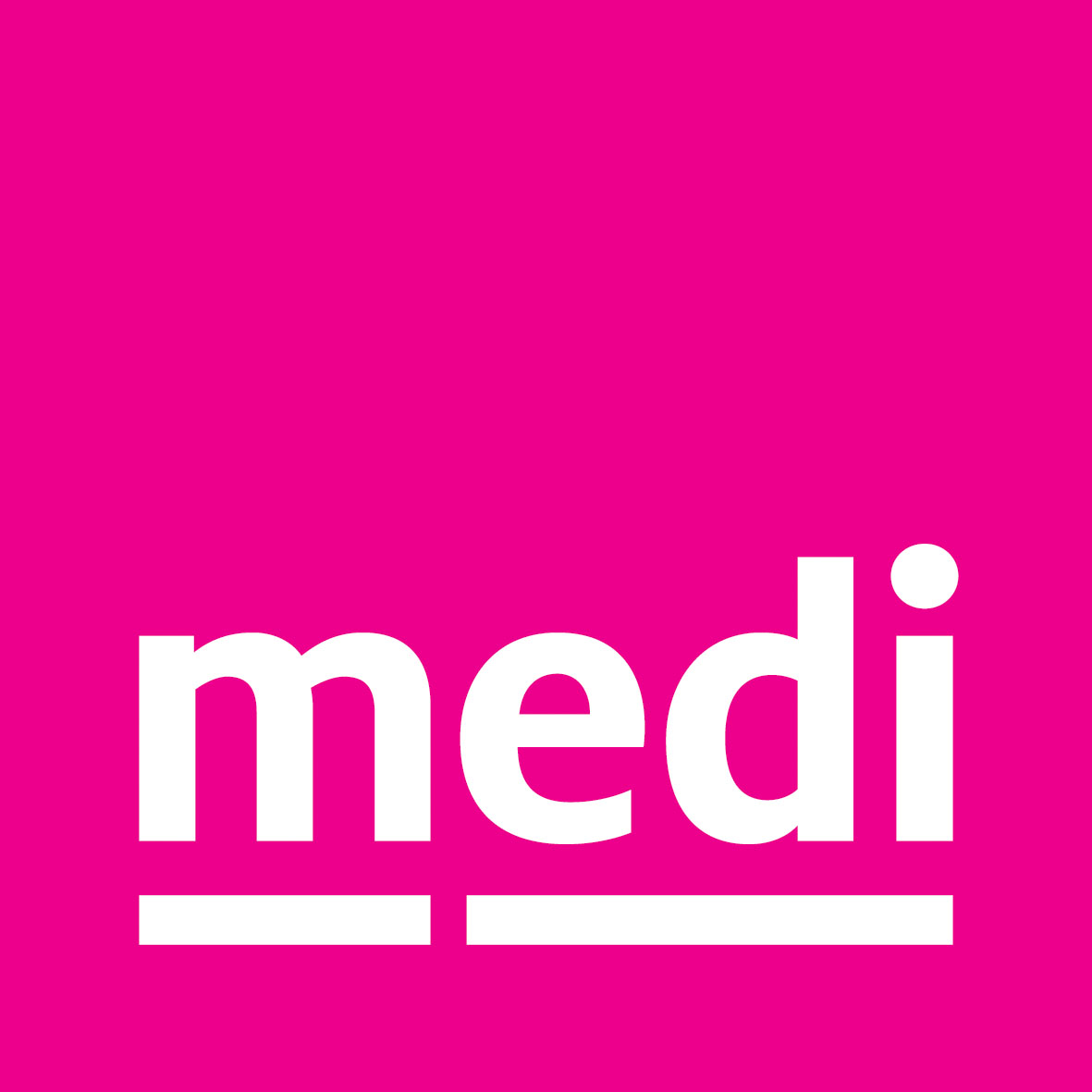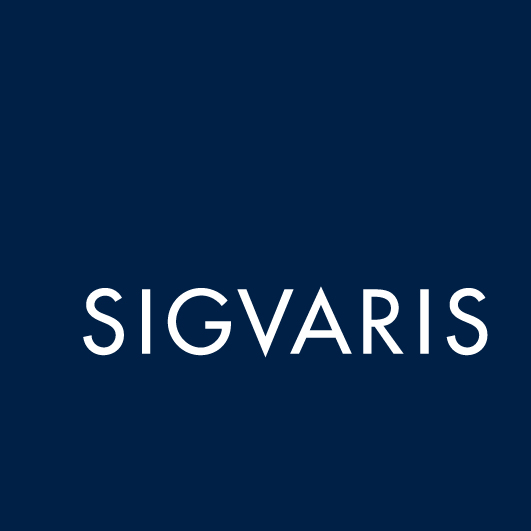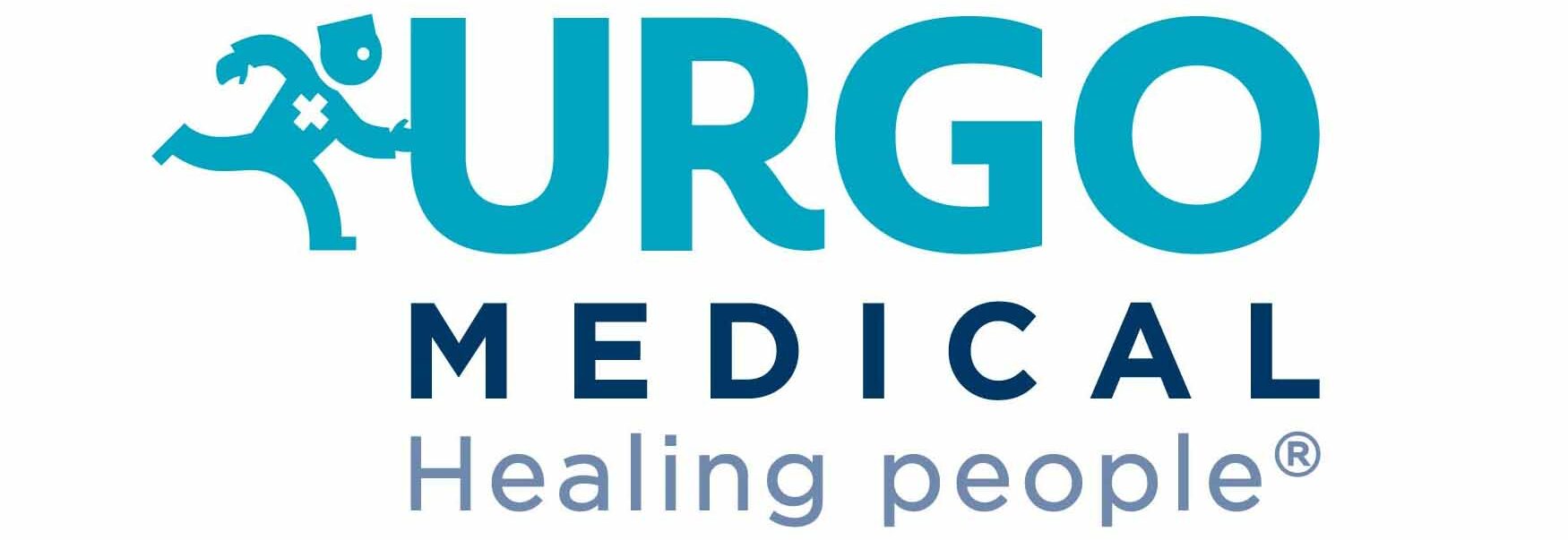Catherine Arundel

Catherine is a Research Fellow at York Trials Unit (University of York) with an interest in wound care. Her role has included leading the York Trials Unit team working on the recently completed National Institute of Health Research Health Technology Assessment (NIHR HTA) SWHSI-2 (open surgical wounds) and VenUS 6 (venous leg ulceration) trials.
She is also currently a co-applicant for the NIHR HTA HAMLET trial (through knee vs above knee amputations), and the REDUCE (diabetic foot ulceration) NIHR Programme Grant for Applied Research. Catherine also has an interest in methodological research specifically in relation to strategies for recruitment and retention of trial participants.
Presentations at The Society of Tissue Viability 2025 Conference
A randomised controlled trial of compression therapies for the treatment of venous leg ulcers: VenUS 6 Study Results
Objectives
The presentation is aimed at:
- Healthcare professionals who work with and/or treat patients with venous leg ulcers
Delegates will learn about:
- The findings from our evaluation of clinical and cost effectiveness of different types of compression therapy for venous leg ulceration and to consider the implications of these findings for clinical practice
Abstract
Background: Full (high) compression therapy is a recommended first line treatment for venous leg ulcers.
Forms of compression therapy available including wraps, two-layer hosiery, and two-layer or four-layer bandages. There is good evidence for the clinical and cost effectiveness of four-layer bandage and two-layer hosiery but more limited evidence for other compression options (two-layer bandage and compression wraps).
Methods: VenUS 6 is a pragmatic, multi-centre, three arm, parallel group, randomised controlled trial, designed to evaluate the clinical and cost effectiveness of the two-layer bandage and compression wraps compared with evidence-based compression.
The study planned to randomise 675 participants from the UK (1:1:1) with a venous leg ulcer to receive 1) compression wraps, 2) two-layer bandage or 3) evidence-based compression (two-layer hosiery or four-layer bandage).
The primary outcome was time to wound healing (days since randomisation). Secondary outcomes included key clinical events (e.g., ulcer deterioration, recurrence, infection), changes to treatment, ulcer pain, health-related quality of life and resource use.
Results: 637 participants were randomised to the study (compression wraps n=213, 2-layer bandage n=211, evidence-based compression n=213).
We will present preliminary results from the study and considerswhat the implications of this new evidence may be for current practice.
A pragmatic multicentre randomised controlled trial to assess the clinical and cost-effectiveness of negative pressure wound therapy versus usual care for surgical wounds healing by secondary intention (SWHSI 2)
Objectives
The presentation is aimed at:
- Clinicians who use NPWT as a treatment to promote healing of open wounds
Delegates will learn about:
- The robust findings from our evaluation of clinical and cost effectiveness of this widely used treatment for open wounds.
Abstract
Aims: To evaluate the effectiveness of negative pressure wound therapy (NPWT) compared with usual care (no NPWT) for improving time to healing of surgical wounds healing by secondary intention (SWHSI).
Methods: A pragmatic, two arm, parallel group, unblinded randomised controlled superiority trial, which planned to randomise 696 UK patients (1:1) with a SWHSI to receive NPWT or usual care (no NPWT).
The primary outcome was time to wound healing (days since randomisation). Secondary outcomes included wound infection, additional treatments, death, wound pain, health-related quality of life (HRQoL) and resource use.
Results: 686 participants were randomised and analysed (NPWT n=349; usual care n=337). Most SWHSI were foot or leg wounds (n=620, 90.4%) following vascular surgery (n=619, 90·2%).
There was no clear evidence that NPWT reduced time to wound healing compared to usual care (HR 1·08, 95%CI 0·88 to 1·32, p=0.47).
There were no statistically significant differences between groups in the odds of wound infection, antibiotic use, readmission, reoperation, amputation or death and no statistically significant differences in HRQoL or wound pain scores at any time point. Serious adverse events were rare (9 NPWT; 4 usual care).
A within trial economic analysis, suggested that NPWT increased costs by £251.44 (95%CI: £-2,192.63 to £2,695.52), although this was not statistically significant. Longer term modelling found that at NICE thresholds of £20,000 and £30,0000 / QALY gained, the probability of NPWT being cost-effective was 28.7% and 30.1% respectively.
Conclusion: The use of NPWT in the management of SWHSI in this patient population cannot be supported based on clinical and cost-effectiveness analysis.

